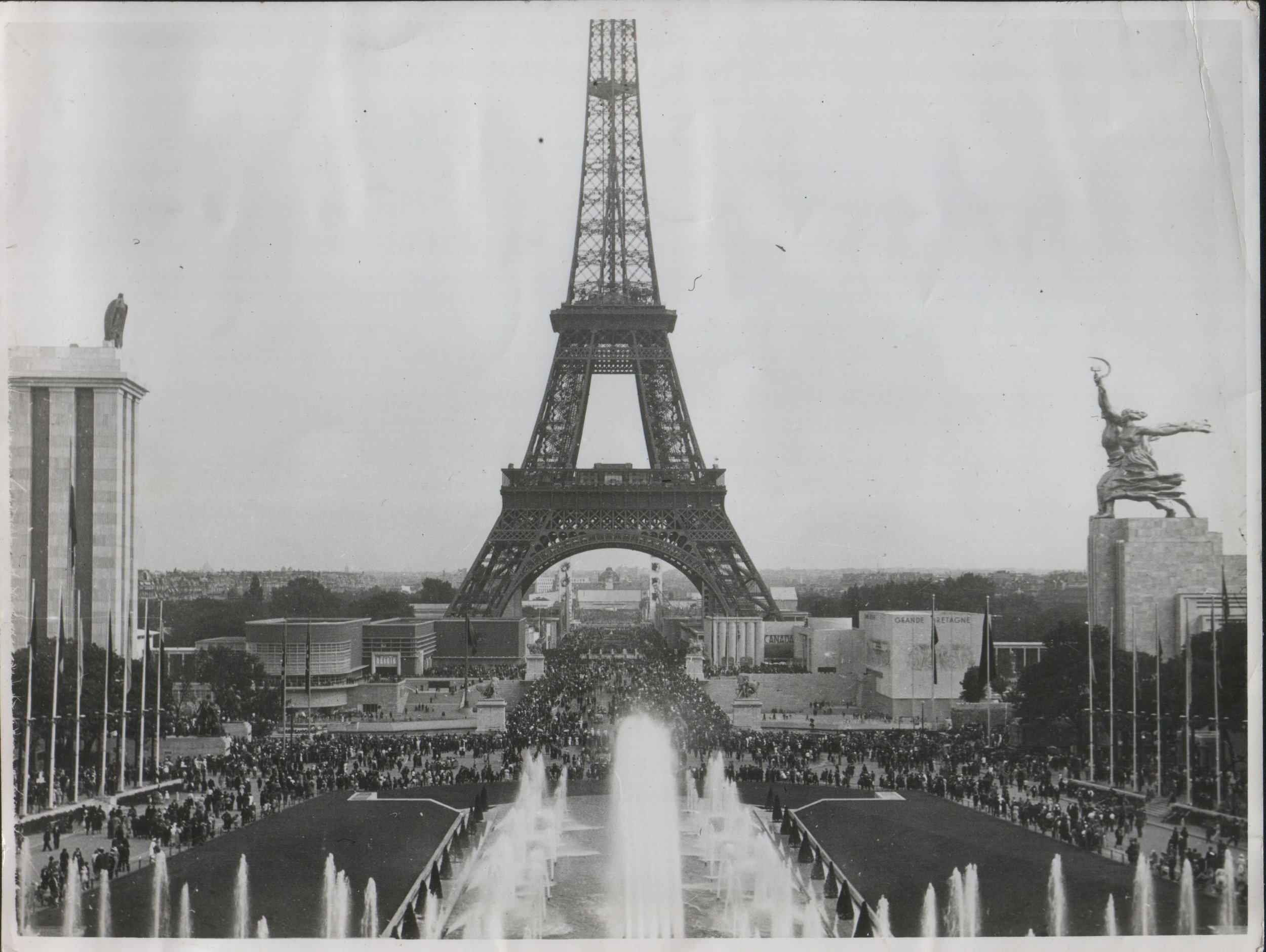"Women at Work: Artistic Production, Gender, and Politics in Russian Art and Visual Culture," Contemporary Art Center Kim?, Riga, Latvia, June 12, 2014.
Invited speaker (together with Dr. Cristina Kiaer) on the occasion of a contemporary art exhibition Little Vera, dedicated to the 125th anniversary of the Riga-born Russian artist Vera Mukhina (1889-1953). The exhibition was organized by curator Zane Onckule at the contemporary art center Kim? in Riga, Latvia.
Artists in the exhibition: Ella Kruglyanskaya and Sanya Kantarovsky. View more installation shots of the exhibition.
Excerpt from the talk:
As part of my larger research project dealing with women as image makers and images of women in the twentieth century, I am investigating the relationships between labor and its representation in art and visual culture in the late Imperial Russia and early Soviet Union. My research, which focuses on photography but is not limited to it, also raises questions regarding art historical methodologies and terminology, as very often the standard tools and methods of western art history and criticism are not directly applicable to art and visual culture produced in the Soviet Union.
Art historian Jo Anna Isaak was one of the first scholars in the early 1990s who opened up a discussion about application of western feminist critique to Soviet art and who tried to find out why and how Soviet “feminism” or women’s emancipation movement was different from its Western counterpart, and why later Western feminist movement ideas did not gain any popularity among the Russian / Soviet / post-Soviet artists.
For example, Isaak looks back at the Russian history of the 19th century and argues that one of the reasons why the ideas of Roszika Parker and Griselda Pollock about the artist and woman as marginalized figures in the Western bourgeois society are not relevant when we look at the same time period in Russia, is the fact that there was no such bourgeoisie in the first place.





